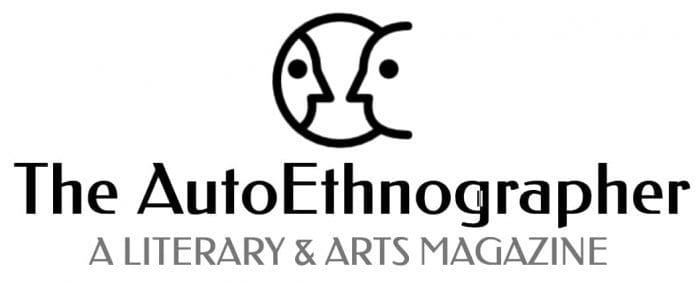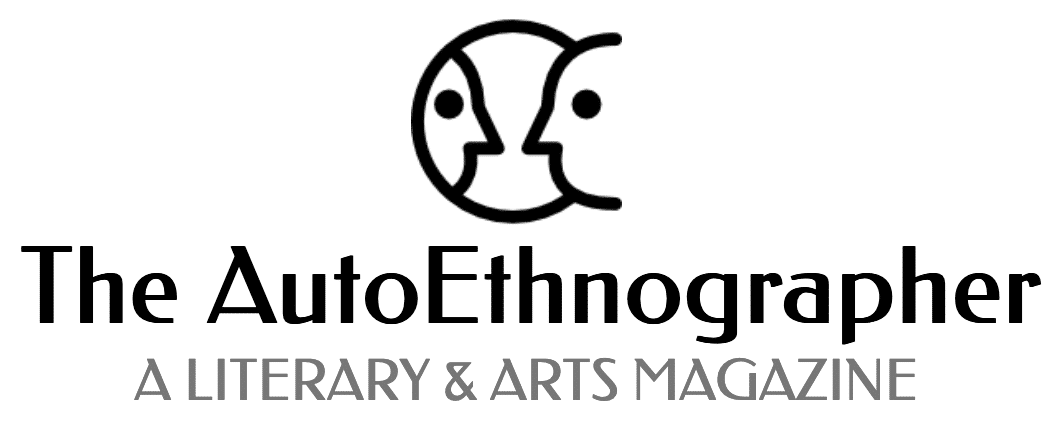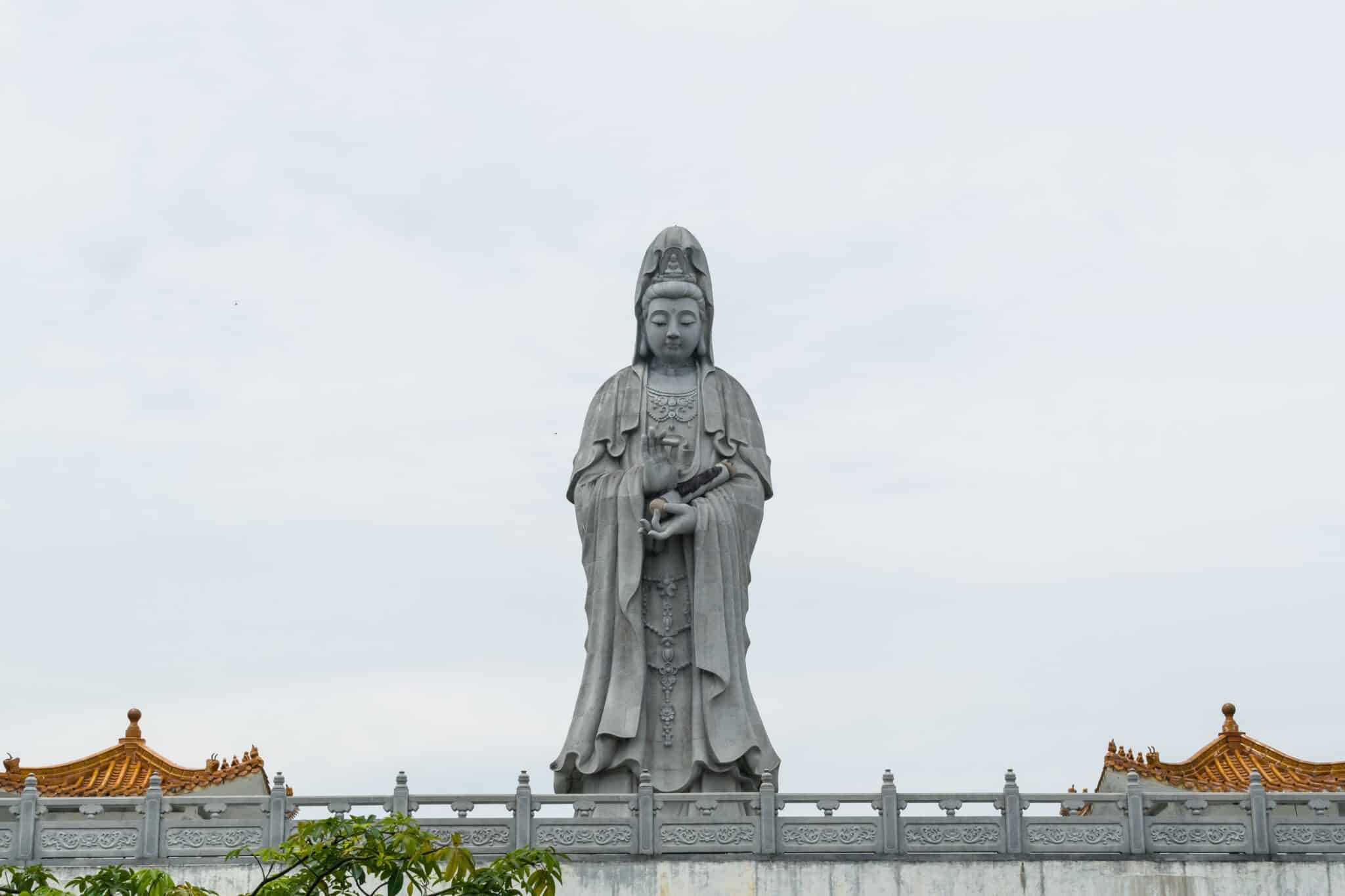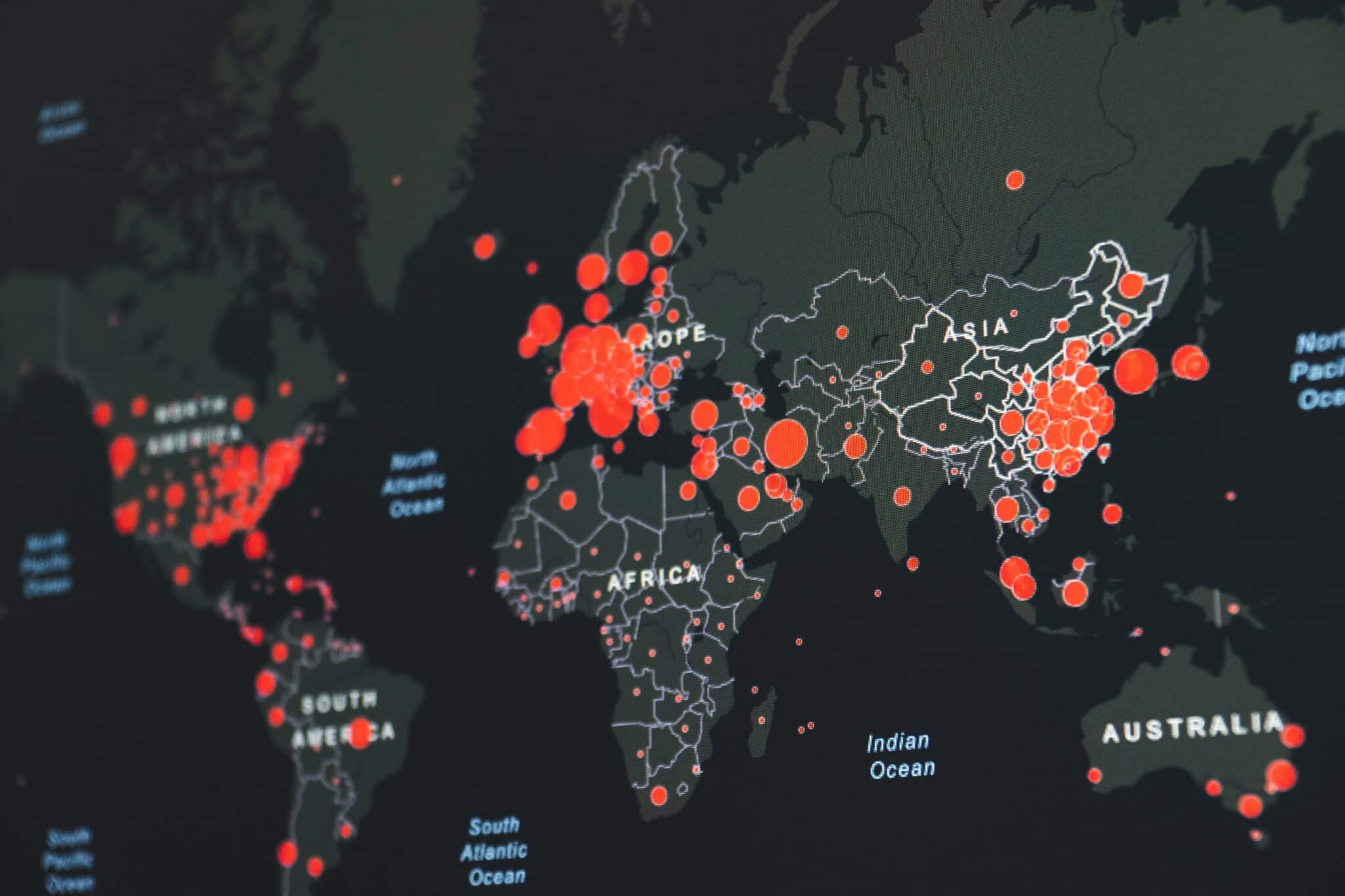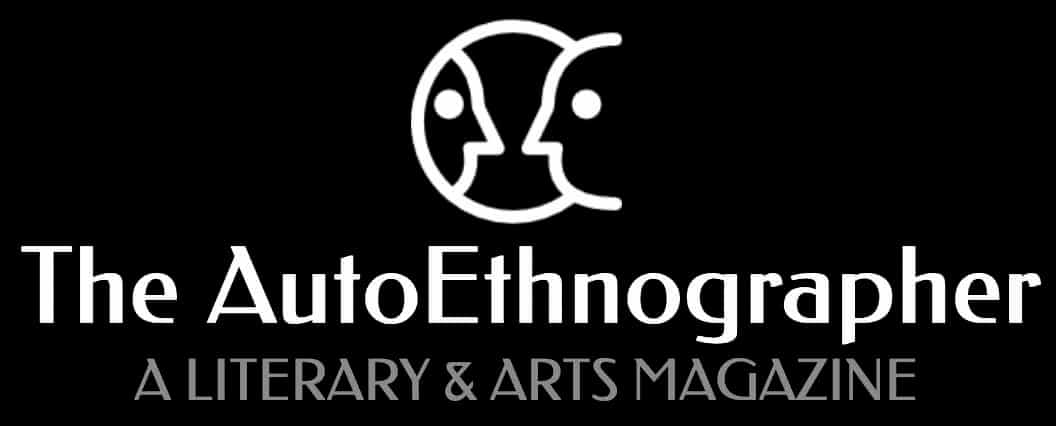"My parents drank wine with dinner every night. There’s nothing remarkable about that, but to a kid growing up in Mid-Missouri it was weird."
This lighthearted essay illustrates an experience I had in Singapore while doing research for a book I was writing about spirituality.
In this 2nd of my Processing Parental Grief series, Calliandra receives a letter from her mother weeks after her death.
We invite you to participate in National Poetry month with us by reading and writing over at The AutoEthnographer's new Facebook group.
Shanita Mitchell and Marlen Harrison·
All ContentAutoethnographic Art & MultimediaMorePodcastsReflections on MethodVolume 3, Issue 2 (2023)
··18 min readToday we're talking with the award-winning author, researcher, and performer, Shanita Mitchell about performance and autoethnography.
I strived to represent the experience of being a pediatric healthcare worker during COVID.
In the women’s history month, The AutoEthnographer supported "Her Story Leads: Amplifying Women’s voices through digital storytelling".
The Ultimate Wave: Prose Poetry of the Pandemic and Parents Author’s Memo “The Wave” examines the problem of pleasure and...
This piece on hair describes how ideas of what is and is not fashionable, as depicted in popular media, can indelibly affect one’s self-perception and identity.
Narrating Estrangement is written by those who have decided to distance themselves from, or have been driven out by, their families.
Zona. I have always thought that names of diseases sound so beautiful. This is the story of a disease that lives with me.
Ulla-Maija Matikainen·
All ContentAutoethnographic EssaysAutoethnographic PoetryEducationFrom the EditorsMoreVolume 3, Issue 2 (2023)
··4 min read A tsunami of words, images, learned and pushed feelings and thoughts go through us every day. Poetry is a way to find our own voice.
